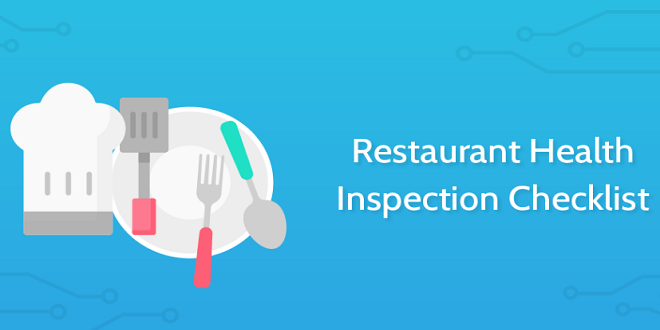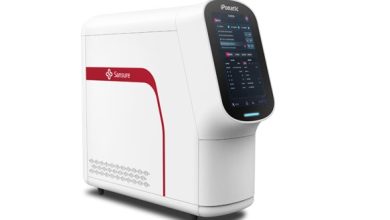Navigating Restaurant Inspection Guidelines: A Comprehensive Overview

Running a restaurant is no small feat. Beyond crafting delectable dishes and creating a warm ambiance, restaurant owners and managers must ensure that their establishment adheres to strict health and safety standards. This responsibility is underscored by the regular restaurant inspections conducted by health departments to safeguard public health. Navigating these restaurant inspection guidelines is paramount, and this article provides a comprehensive overview to help restaurant owners and managers stay ahead of the curve.
Understanding the Importance of Restaurant Inspections: Restaurant inspections play a vital role in maintaining public health by identifying potential sources of contamination and ensuring that food is handled, prepared, and served in a safe manner. These inspections also contribute to transparency and consumer confidence, as patrons can dine with peace of mind knowing that the establishment prioritizes their well-being.
Key Components of Restaurant Inspections: Restaurant inspections cover a wide range of factors that influence the safety of the dining experience. These factors can be broadly categorized into several key areas:
- Food Handling and Storage: This includes proper storage temperatures for perishable items, appropriate use of gloves and utensils, and hygienic practices during food preparation.
- Cleanliness and Sanitation: Inspectors evaluate the overall cleanliness of the restaurant, including the kitchen, dining areas, and restrooms. Proper cleaning practices, waste disposal, and sanitization routines are critical aspects.
- Structural Integrity: The physical infrastructure of the restaurant is inspected to ensure that it meets safety standards. This involves checking for hazards like exposed wiring, proper ventilation, and adequate lighting.
- Employee Practices: The behavior of restaurant staff is closely monitored. This encompasses personal hygiene, handwashing protocols, and food safety training.
- Pest Control: Restaurants are susceptible to pest infestations, which can lead to health hazards. Inspectors assess pest prevention measures and the presence of any unwanted critters.
Preparation for Inspections: To navigate restaurant inspection guidelines successfully, thorough preparation is key. Here are some steps to consider:
- Regular Self-Inspections: Conduct frequent self-inspections using the same criteria as health departments. This helps identify and address issues before they become problematic during official inspections.
- Staff Training: Train your staff on proper food handling, personal hygiene, and sanitation practices. Make sure they are aware of the inspection process and understand its significance.
- Documented Procedures: Maintain clear and well-documented standard operating procedures (SOPs) for various tasks, such as cleaning schedules, food storage, and cooking processes. These SOPs demonstrate your commitment to following best practices.
- Temperature Monitoring: Implement systems to monitor and record temperatures of food storage units, refrigerators, and freezers. This not only ensures food safety but also showcases your diligence during inspections.
- Maintenance and Repairs: Regularly inspect and maintain your restaurant’s infrastructure to ensure compliance with structural integrity requirements. Promptly address any repairs or maintenance needs.
During the Inspection: When the official inspection takes place, it’s essential to remain calm and focused. Here are some tips:
- Cooperate Fully: Welcome inspectors and provide them with any requested documentation or information.
- Address Concerns: If the inspector identifies any issues, take notes and address the concerns promptly. This demonstrates your commitment to rectifying problems.
- Ask Questions: Don’t hesitate to ask questions if you’re unclear about certain guidelines or recommendations.
- Take Notes: Keep records of the inspection findings and any recommendations given by the inspector. This will help you prioritize and implement necessary changes.
Conclusion
Following these restaurant inspection software guidelines might seem daunting, but it’s a crucial aspect of maintaining a successful and reputable dining establishment.




